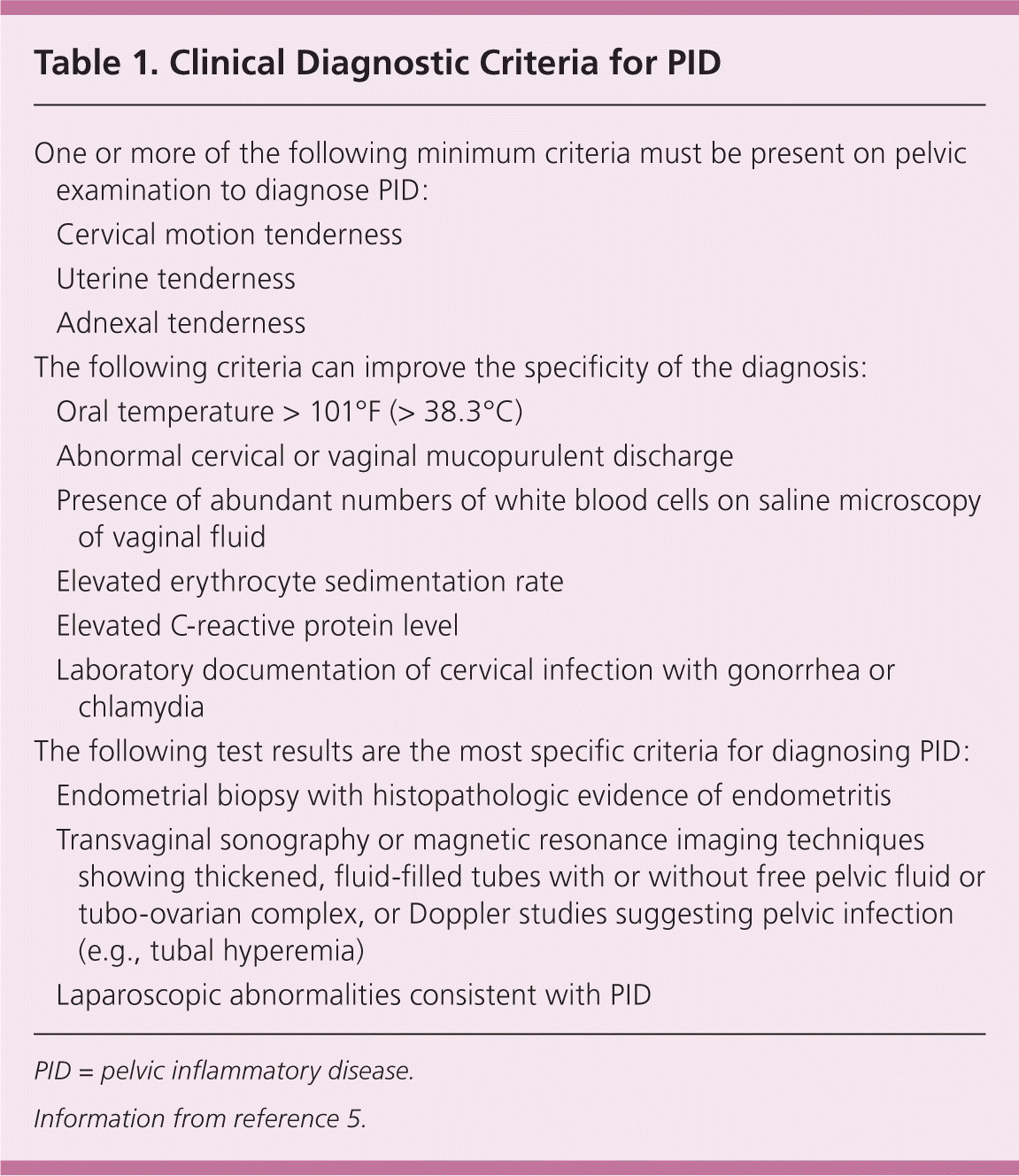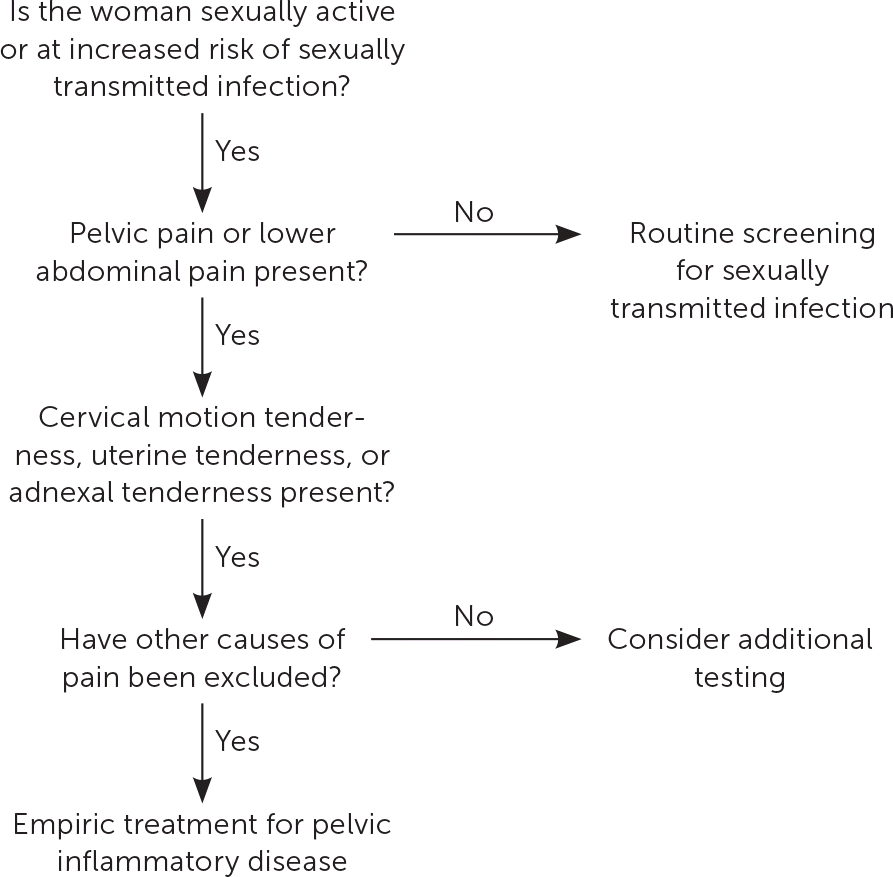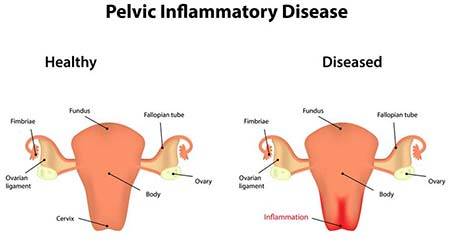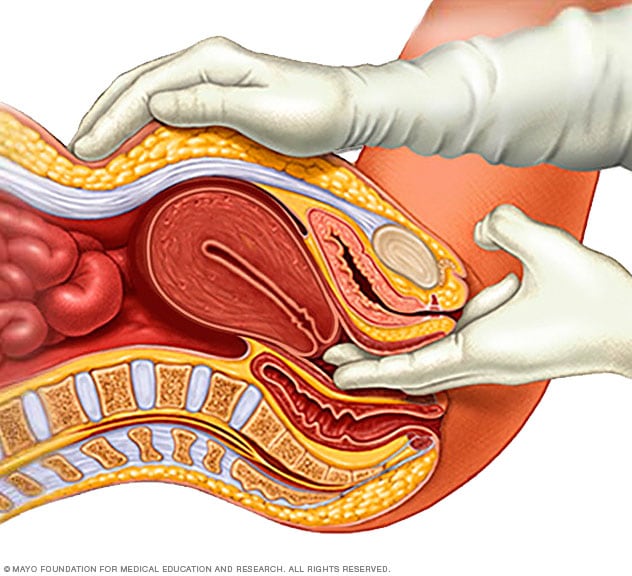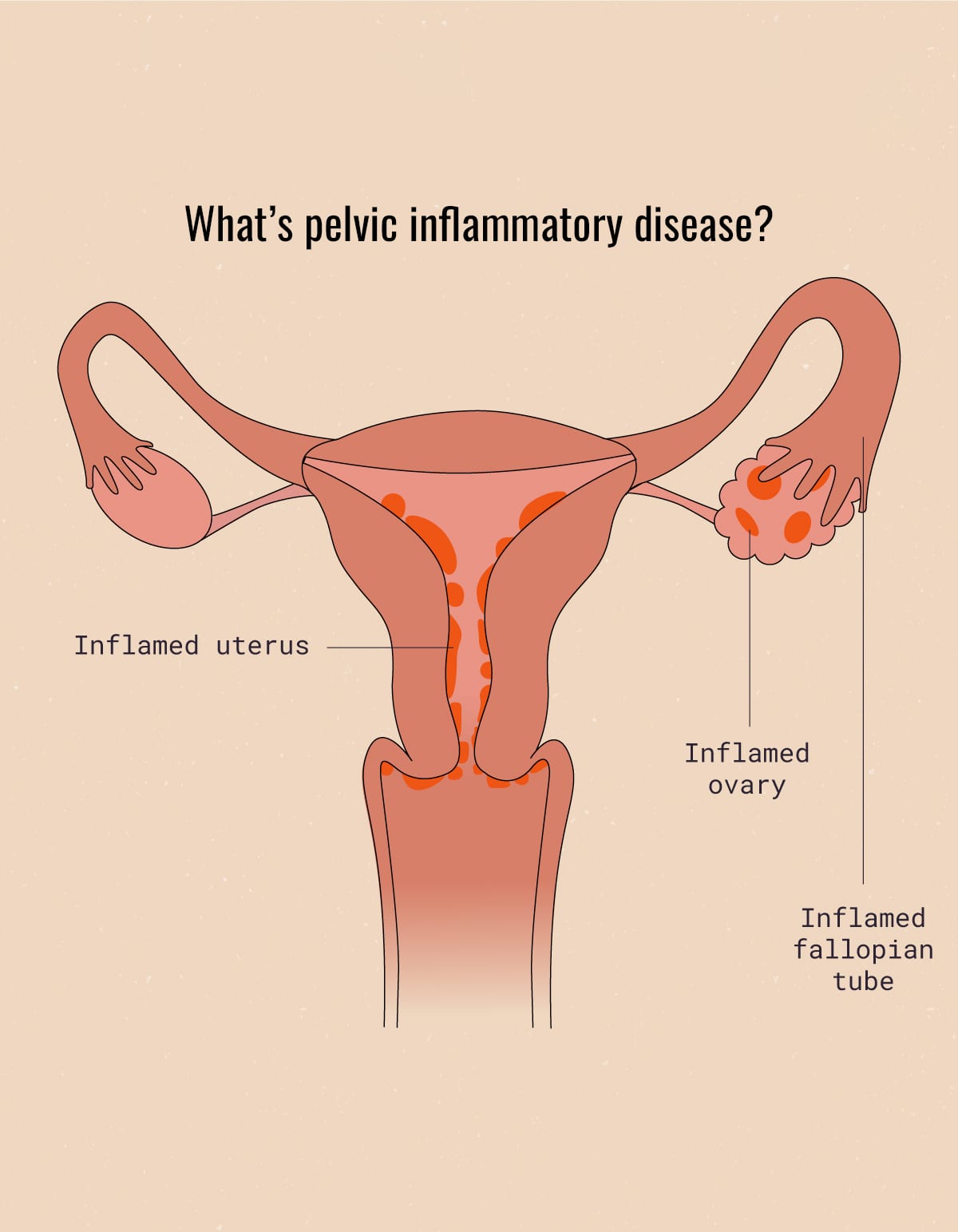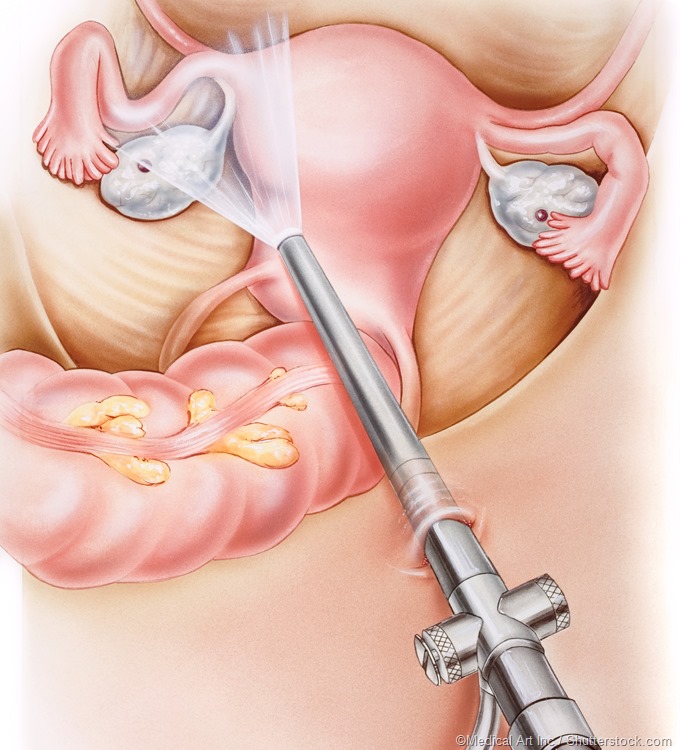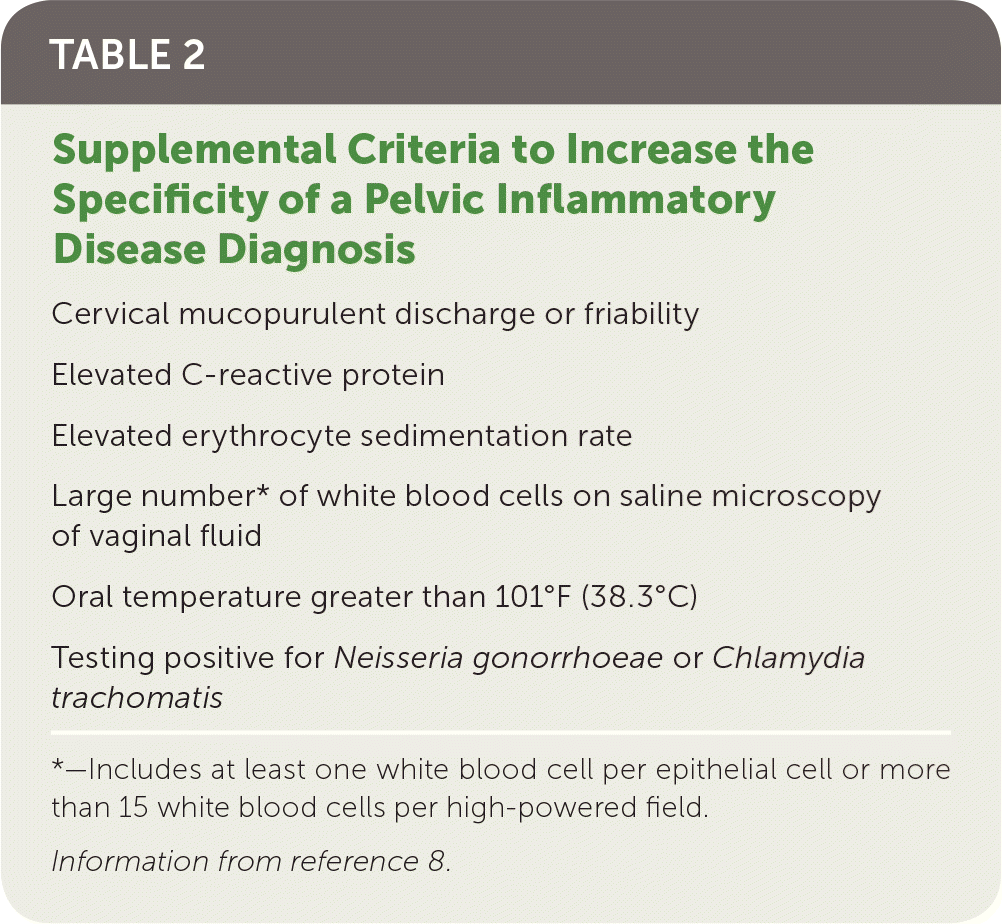Best Of The Best Tips About How To Diagnose Pid
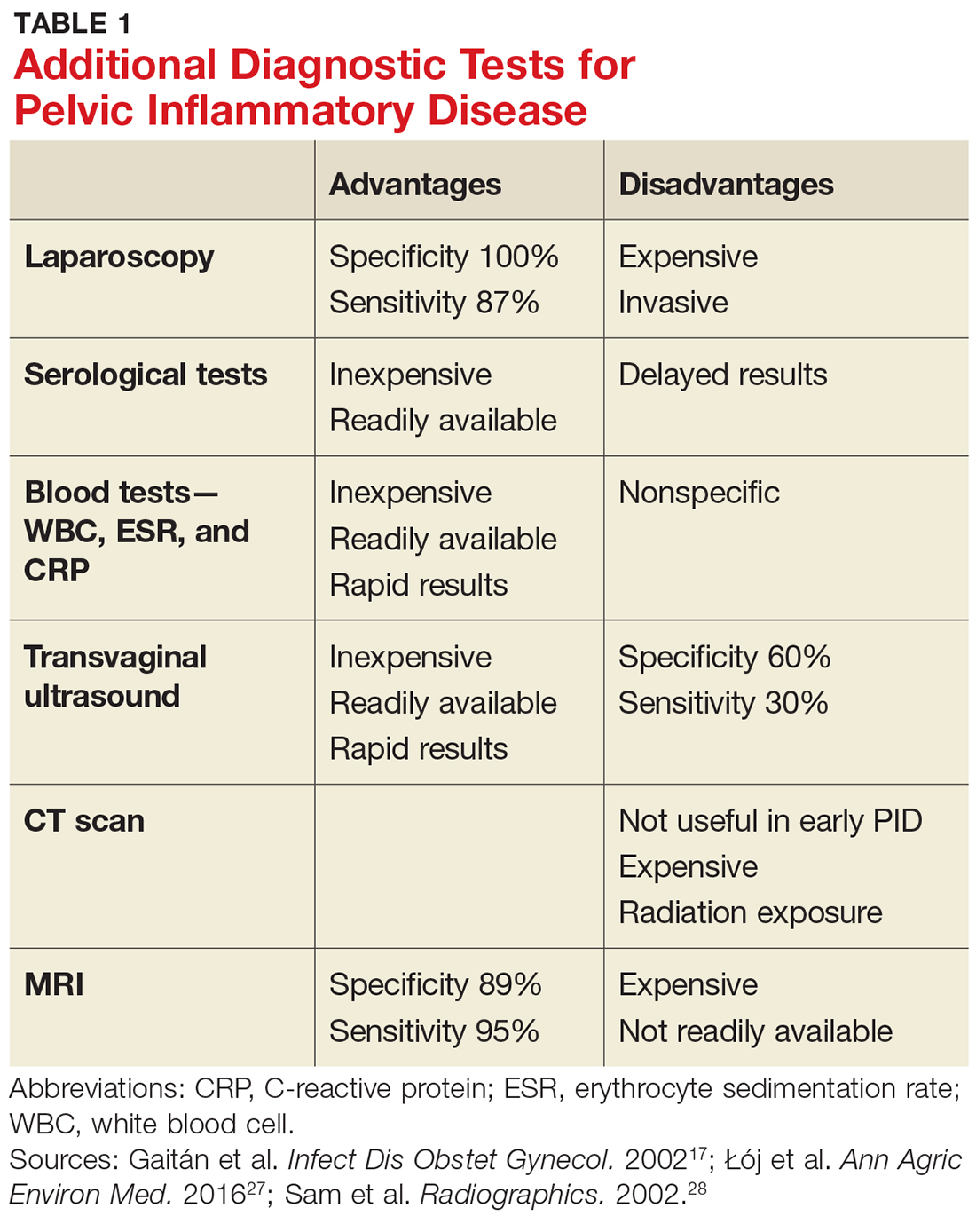
Exam of vagina and cervix samples under a microscope, blood tests,.
How to diagnose pid. Your doctor will begin by. Most women with pid have evidence of lower genital tract infection, such as mucopurulent discharge or an increase in white blood cells on saline microscopy (i.e., wet prep with at least. For others, their symptoms may be vague or similar to those of other conditions, including:
Pelvic inflammatory disease (pid) irritable bowel syndrome; Doctors can usually find out if you have pid by doing a pelvic exam. Usually, your healthcare provider can diagnose pid through:
Your doctor will do a medical history and a physical and pelvic exam. Medical history, including asking about your general health, sexual activity and symptoms. Instead, your doctor will make a pid diagnosis based on your symptoms, the presence of a bacterial infection, and a physical exam.
No single historical, physical, or laboratory finding is both sensitive and specific for the. There isn’t a specific test for pid. Pelvic inflammatory disease (pid) refers to acute and subclinical infection of the upper genital tract in females, involving any or all of the uterus, fallopian tubes,.
The wide variation in symptoms and signs associated with pid can make diagnosis challenging. If you think that you may have pid, see a doctor or nurse as soon as possible. They’ll check for signs of tenderness in your cervix, uterus or surrounding organs (ovaries and.
Diagnosing pid, when you visit your doctor, they’ll likely give you a pelvic examination.
/pelvic-inflammatory-disease-pid-3133135_final-1a3cd4c479be40e79b43e956808345cf.jpg)

/pelvic-inflammatory-disease-pid-3133135_final-1a3cd4c479be40e79b43e956808345cf.jpg)
